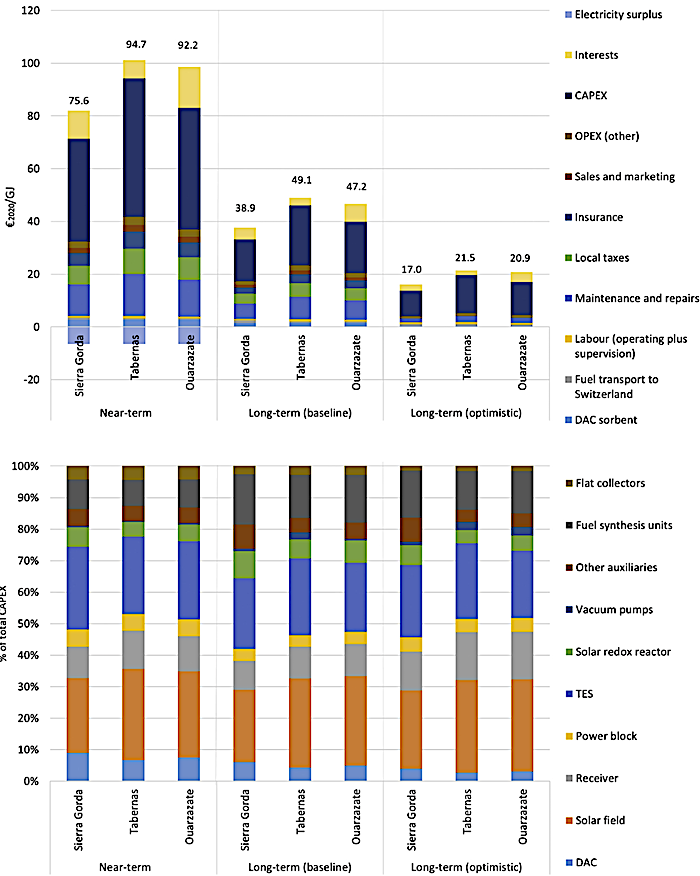
Fig. 5. Effect of the location on the minimum fuel selling price (€2020) with cost-built up for one GJ of jet fuel produced via the solar thermochemical pathway. 25 years lifetime.
Abstract:
This study analyzes the technical performance, costs and life-cycle greenhouse gas (GHG) emissions of the production of various fuels using air-captured water and CO2, and concentrated solar energy as the source of high-temperature process heat. The solar thermochemical fuel production pathway utilizes a ceria-based redox cycle for splitting water and CO2 to syngas – a tailored mixture of H2 and CO – which in turn is further converted to liquid hydrocarbon fuels. The cycle is driven by concentrated solar heat and supplemented by a high-temperature thermal energy storage for round-the-clock continuous operation. The study examines three locations with high direct normal irradiation using a baseline heliostat field reflective area of 1 km2 for the production of six fuels, i.e. jet fuel and diesel via Fischer-Tropsch, methanol, gasoline via methanol, dimethyl ether, and hydrogen. Two scenarios are considered: near-term future by the year 2030 and long-term future beyond 2030.
Moretti, C., Patil, V., Falter, C., Geissbühler, L., Patt, A., & Steinfeld, A. (2023). Technical, economic and environmental analysis of solar thermochemical production of drop-in fuels. Science of The Total Environment, 901, 166005. https://doi.org/10.1016/j.scitotenv.2023.166005
Full pdf: Technical, economic and environmental analysis of solar thermochemical production of drop-in fuels
Published in the November Issue of Science of the Total Environment














































